Making Electronics For Electronic Music, Analogue Solutions is a British company that specialises in the manufacture and modification of analogue synth related equipment.
It produces a wide range of devices utilising different architectures and methodologies, some of which emulate the design of classics instruments from the past. Products with glorious names such as Vostok, Tereshkova, SEMblance, Telemark, Leipzig, Red Square, Station Q, Station X, Europa, Oberkorn and Concussor form part of their impressive line and have been purchased by the great and the good from the world of electronic music.
ELECTRICITYCLUB.CO.UK spoke to the company’s founder Tom Carpenter about his passion for synthesizers and his active involvement in helping to shape the sounds that are heard in music today, even from some of the most unlikely of sources…
How did you first become interested in electronic music?
The first bands that I used to listen to were really inherited from my older siblings. I just listened to what they listened to. But within their collections were songs such as ‘Sweat Dreams (Are Made Of This)’, ‘See You’, ‘Meaning Of Love’ and ‘Autobahn’ amongst others. Those early songs stand out. Whether that’s because I particularly liked those types of songs back then, or it’s just a kind of hindsight, I don’t know.
The first band, well, artist, I really got into and discovered myself was Howard Jones. Mainly because of him I totally got into synthesisers, and taught myself to read and play music. It sort of led the way to me being obsessed with electronic music.
Apart from liking the singles, I didn’t fully get into DEPECHE MODE until a mate played me ‘Black Celebration’. That blew me away! Then I went straight out and bought all the back catalogue. I have fond memories of the late 80s and the 90s of going to vinyl shops and hunting down anything on Mute, and all the Euro-electronic bands like FRONT 242, FRONTLINE ASSEMBLY, TELEX etc.
All the classic manufacturers have their own stories as to how they came to be successful but which one of them for you personally had the most romantic notions?
Do you mean which classic manufacturer stirs up the most emotions? To be honest, when I first started messing around with synths in the mid to late 80s, I loved them all! I can’t single out a preferred manufacturer. But I did like Roland and Moog a lot. I found Yamaha and Korg too weedy (although there are classic exceptions like say the MS20). Really I just have favourite products rather than manufacturers.
These days I am really into old samplers. I have an Emulator II and two Emax IIs.
What was the first synth you owned and how was it to use?
The first synth I owned was a CZ5000. The plan was to get a CZ1000, but ended up with the CZ5000. I was given a little book and had to pay it off each week! I was about 15 at the time, and it was great! The on-board sequencer allowed me to compose my own tunes. It’s all I could afford at the time. I eventually got a drum machine, and also a dual tape deck so I could bounce tracks. My first analogue synth was a SH101, which I bought second hand. They had already been out a number of years by then.
The Synth Britannia explosion was partly initiated by affordable synths coming from Japan by Korg, Roland and Yamaha. What main differences in usability and sound were there in your opinion compared to synths from American manufacturers like Oberheim, Moog, ARP and Sequential Circuits?
All this happened before I really got into synths. Most of those guys were fading or slowly converting to digital. I was in my mid-teens when I got into synths, and synths like the DX7 were just released. Drum machines were just going digital. Products like the Prophet VS – hybrids. The ‘new’ sound was digital. Looking back, you could summarise in saying the US synths were phatter and the Japanese weedier though Roland were less so.
But I love all analogue synths. I know some synths are better or have more features, but give me any analogue synth, and as long as it has a way of being sequenced (CV or MIDI), I’ll use it. In the early 90s, I had really basic monosynths like a couple of SH09s, SH101, Rogue, CS40M, TR606, etc. Nothing mind blowing, but I used to run all this stuff live and it sounded amazing! Though I would’ve loved a big Moog modular, or Prophet 5 or whatever, I am happy to use anything.
Were the affordable digital synths like the Yamaha DX7 and later the Roland D50 a death nail for creativity in electronic music for a number of years?
Only for certain artists. The more versatile the tools get, the lazier people become. Why bother creating a patch from scratch if you can just select ‘Native Dance’ on your D50? The same laziness applies today with plug-ins. Why bother manually patching in a spring reverb when you can patch it in yourself? But ultimately a good tune is a good tune, just depends how critical you want to get over the production.
So the digital synths certainly were the start of lazy music making. However, you also had the dedicated artists like Daniel Miller and Alan Wilder who would still work hard to create unique sounds.
So when did your interest in synths start becoming more serious to lead to it becoming a vocation?
I was never happy working for people so I was always destined to go self-employed. But what to do? I started by buying and selling old synths and drum machines. This served me well for a couple of years, but I could see this wouldn’t last. Used gear was getting harder to find, too many dealers fighting for product.
I used to modify old synths with extra inputs such as audio-ins through filters, so this type of work started to increase. But if you’re technically minded and have some electronics knowledge, it’s just a matter of time before you start building stuff. I started small and simple. That’s how the first modules came about. The first (working) thing I built was the TR808 kick drum, shortly followed by the TR909 kick and a Gate sequencer.
What comes first in conceiving a new product; research for a gap in the market or an artistic/engineering vision?
Definitely no research! My designs could be called ‘artistic vision’! but that’s perhaps a little too pretentious. Everything I have built is something that I want for myself or anything that I think will be fun. I might say “wouldn’t it be cool to have my own patchable synth” – then I go out and put one together. If an idea doesn’t interest me, I won’t do it. I just try to build cool looking and sounding synths. It’s all about the synths! I try to get them looking vintage and sounding vintage, because ultimately that’s what interests me. Also their features and sound are directly aimed at what I call real electronic music. I want them to be used to create DM, KRAFTWERK and ERASURE sounds!
Would you consider yourself an engineer, artist or businessman?
All three combined. You need all three; engineer to make them a reality, artist to make them look and sound good (and to keep you sane), and businessman because unless they make money, you can’t continue.
Engineer/businessman are the hard and boring tasks, but the artistic side is the end result and what keeps me going, because believe me, running your own business is very stressful.
Which musical acts are your all-time favourites? And have any actually inspired the equipment you produce?
DEPECHE MODE! No individual band though has really influenced design as such. There are types of sounds that I like, and many cool sounds are hard or impossible to produce on a classic analogue synth. For instance, most of the original monosynths do not allow you to sweep the pitch with the envelope generator. But this feature allows a whole new range of cool percussion sounds. So I design that into all of my synths.
It’s interesting that the names of several Analogue Solutions products have a Cold War / Mittel Europa chic about them…
There was no real plan. It all started with Red Square. Basically I wanted a random sounding name. It had a bright red colour, and was sort of square (well, rectangular!) so I called it Red Square. That led to the Cyrillic font. Cold War artistry does look cool though.
Vostok was named after Lake Vostok in Antarctica where NASA are doing experiments. Those two Russian names, plus a space theme in Vostok led the way for more Russian, then later, European names.
They are usually inspired by a book I was reading or song that I was listening to at the time. Telemark was the location of a WWII mission while Leipzig is a university town where some great physicists worked.
People are using synthesizers again as opposed to ‘keyboards’ or samplers. Why do you think in the last ten years or so there appears to be a demand for analogue instrumentation that has a more tactile quality about it?
I am a little cynical to be honest. Yes, some artists are going back to the old stuff, but many more are using plug-ins more and more. I’ve met a few of the classic electronic artists known for their use of analogues. But many have all digital studios now. The problem is partly coz they have young engineers/producers, and these guys only know computers, and also laziness as I mentioned before ie plug-ins!
There are some artists that are using analogue because it’s a little trendy these days. Yes there are more analogue synth companies now than there was ten years ago, but it’s still a very small market and always will be. Also the majority of the synth companies only make one or two small products or even modules. For many of those guys it’s probably just part time or a paid hobby.
Please explain as simply as is possible to the uninitiated how one of your semi-modular synths like the Telemark could be used to make music without a conventional keyboard being connected to it…
Daniel Miller used to manually trigger percussive sounds or mute/unmute etc on the ARP 2600. You can do this with Telemark. It has a trigger button. You could manually trigger it with your pinky. Or you could make drone sound effects. I’ve done both before! You can feed audio through its filter and use it as an effect. If you have an analogue sequencer, like our Oberkorn, it can be played that way too.
The classic Oberheim Synthesizer Expander Module (SEM) forms the basis of the SEMblance and Telemark. Were there any copyright issues that needed to be cleared first as there have been situations in the past like the Octave Cat copying the ARP Odyssey or the Clef Master Rhythm copying the Dr Rhythm??
No. I guess we all take our chances. Out of all the ‘new’ analogue synth companies out there, I can assure you, there are very few truly original (filter circuit) designs out there. Some are obvious clones, and some make no mention of where the circuit came from. I wonder how many of the synths or modular designers out there are designing filters from scratch. Not many!
That’s not to say anyone can just copy a synth. It still takes years of experience to do this right. Firstly, many schematics have mistakes in, which must be hunted out. Then you’ve got to think about the mechanics, construction, power supply, printing, packaging etc…the list goes on! The circuit design is like just 5% of the work needed to bring a synth out.
What do you think of the synths produced by the various electronic pioneers that are effectively 21st Century updates of their classic instruments such as the Moog Voyager, Dave Smith Prophet 08 and Linn designed Dave Smith Tempest? Are they worthy competition in today’s market?
It’s my personal opinion, but I don’t like them. They are just too clean and perfect. They have lost that quirky character of the classics. It’s like now they have the knowledge and ability to take that original filter, oscillator etc and make them perfect. They can design out any cross-talk, glitches, drift etc. Super perfect tuning. Filter tracks exactly. No signal bleeding between circuits. They just sound to perfect – almost DSP like.
Everything is ultimately under CPU control; because all the controls are digitally scanned. The CPU then controls all those circuit parameters directly (and digitally). So nothing drifts, and in many cases you can hear ‘steps’ in say a filter sweep. Some are worse than others.
Also, though they appear to have one control for every function, they nearly all have controls that have more than one function, so some delving is still needed – which is personally something I don’t like doing.
They are great for say live where you need presets, and you get more for your money. But personally I am into the ‘classic’ sound. My synths are built the traditional way. Purely analogue. The pots aren’t digitally scanned. The VCOs aren’t computer controlled, they’re tuned with a good old tempo resistor! My synths have that vintage quirkiness. There are all those nice weird things happening subtly in the background. But different people have different opinions and needs. No one is better, it’s down to your taste and what you need, and how you work.
Are there any notable Analogue Solutions customers you are allowed to tell us about and what they purchased?
Well, there’s a nice list on my web site! But the ones that stand out are usually those whose music I personally like! An Oberkorn was used on DM’s Sounds Of The Universe, Martin Gore has a load of my stuff (that’s enough alone to make me retire happy). There’s KRAFTWERK, Trent Reznor (Oberkorn, Vostok), Daniel Miller (modules), THE HUMAN LEAGUE (sequencers, modules) and Hans Zimmer. There are other artists too that I’m not into much but others are, like APHEX TWIN and a whole bunch of dance music guys. But also, lots of really cool new electronic bands like VILE ELECTRODES who are really into their old synths and quite frankly deserve a record deal!
You met KRAFTWERK’s Florian Schneider at a trade show in Frankfurt?
Yes, I don’t remember the year, maybe six years ago. He was cruising the stand and we started chatting! At first I didn’t realise it was him! I live in Birmingham and he was saying there used to be a good bicycle manufacturer there. He talked a lot about cycling! I finally realised! I asked to take a pic and he was gracious. He made an effort to pose. He put on his glasses and posed with the Vostok, turning a knob and gazing pensively into the ether. At the same trade show was Bob Moog whose stand was next to mine! He was selling signed photos of himself!
You’ve recently worked with Alan Wilder?
I helped clean up some of his synths for his recent auction. But my main contribution was to extract the banks off all of his ‘Masses’ and ‘Devotional ‘floppies (and syquests). The hard drive on his Emax had died, so a buddy of mine got that replaced. Then after hours and hours of messing around, I got all the floppies loaded onto my Emax.
The discs were in very bad shape. Some samples refused to load, but using an old XP computer and some special software, I ‘forced’ the PC to load the sounds. A few banks had some glitches where the PC had to ignore disc errors. Eventually I got all sounds loaded and compiled on my Emax. I handed Simon the ZIP disc so he could load them on Alan’s Emax. I also suggested to Alan to sell 20 serial numbered copies at his auction. That he did, and they sold for about £500 each! I also got to back up other tour and studio samples too which he may use one day.
I also lent him a Telemark to use on his recent UK tour. There is another RECOIL project I might be helping on, but I can’t tell you about that yet!
The wonderful synth songstress Tara Buschhas used your equipment too?
Tara recently contacted me about a project she is working on. I lent her a Tereshkova. She really enjoyed that! She has now passed that onto Benge who works with John Foxx… he’s loving it too! They are both really cool people.
Who has been the most unlikely artist to have ever bought one of your products, one that would have synthpop fans reaching for the ‘eject’ button?
The ones that don’t interest me I tend to forget quickly! But I was once told ‘one of the heaviest metal bands in Sweden’ bought one of my synths. Also one of the guys from the RED HOT CHILLI PEPPERS, the drummer I think! Those two seem unlikely. There’s a whole bunch of well known ‘dance’ producers/DJs who have bought my stuff. I have little love for DJs.
Over decades, electronics have integrated themselves quite well into percussion and to a lesser extent, wind instruments. But one area it doesn’t appear to have captured is guitars. So why do you think the guitar synthesizer has never really taken off as a concept?
I’m not sure. Might be best to ask a guitarist! Early on it was probably finding a way to interface a guitar to a synth. It’s probably just an interface thing. Drums and keyboards you just need a trigger with velocity. There aren’t many ways to hit a drum or key. But guitars, there are dozens of ways to play a single note.
I have to say I was a bit surprised to learn recently that the solo in QUEEN’s I Want To Break Free wasn’t Brian May on a guitar synth but their session keyboardist Fred Mandel…any comments?
I am not that old! Most of my contemporaries are at least 10 years older than me! Best ask Bob Williams or Deiter Dopefer! They listen to old man music!
The Avatar guitar synth effectively crippled ARP, so would Analogue Solutions ever consider building one?
Well, you’ve really sold the idea to me 🙂
What are Analogue Solutions working on at the moment?
I could tell you, but I’d have to kill you! I have keyboard versions of the Telemark and Leipzig-S finished. I am hopefully going to be collaborating on a project with DANIEL MILLER to make a Mute product. I have an idea of what that will be. But it’s very early days.
I have tonnes of ideas, and many are really cool and fairly original, but the problem is time and money. Some are outside my abilities, and the problem is good designers and software writers are hard to find and generally want paying! It’s a shame because a lot of these ideas will die with me. I have at least 30 or more great products that have reach various stages. Some nearly complete prototypes, some are sketches. And there are a bunch in my head.
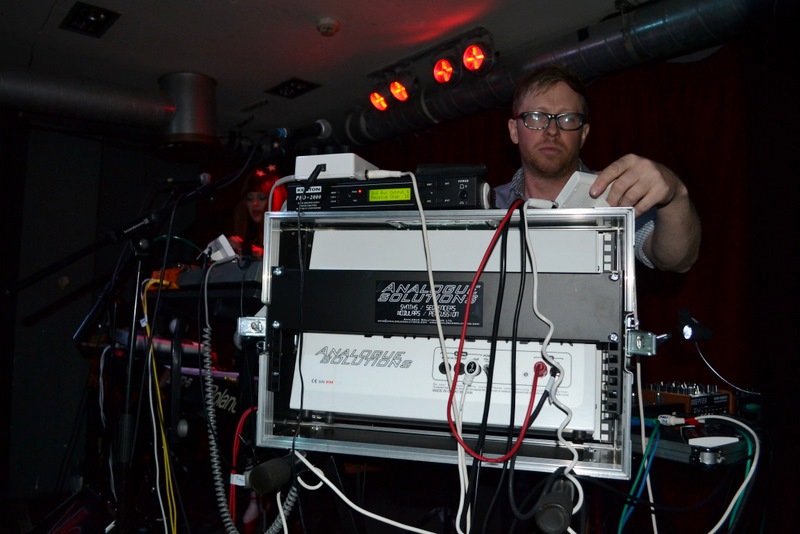
Are there any of the new generation of electronic or synthpop acts who you particularly rate?
VILE ELECTRODES are superb. They are making EXACTLY the type of noises I like synths to make.Though they are different sub-divisions of electronic music, they both have a genuine love of true analogue synths and drums. Those two always pop into my mind first. There are probably others, but I can’t think of them right this second! (Sorry if I forgot anyone….)
There is now more music than ever being made with accessible laptop technology and software. But is the quality suffering because ‘everyone’ thinks they can be a musician? Where do you see electronic music heading in the future?
A good songwriter is a good songwriter, no matter what the medium they write on. Sure, everyone thinks they can become a good musician, but they can think it all they like, it doesn’t mean they will be successful! But ultimately whether good or bad, laptops and new technology makes it easier for people to get into music. And if that gives them a hobby and pleasure, then that’s fine!
What is bad though are the ones that ARE successful. You only have to listen to the charts and you hear lazy programming, plug-ins, side-chain compression, auto-tune. The chart end of the music really is getting worse. It’s not me getting old! Honest!
It’s also bad that these chart guys end up producing albums and doing remixes for the classic electronic bands we all love, and end up murdering their songs!
What has been your proudest achievement/favourite product with Analogue Solutions?
They come in stages. First it was getting my first circuit working. Then getting a little award for ‘Best Analogue Synth’ from a US mag (!) In recent years, meeting many of my idols (either in person, or just having email conversations) like Messrs Gore, Wilder, Miller and Oakey. The thing that amazes me is that these people know who I am and contacted ME! They are people I grew up worshipping. Years back, I’d never imagine I’d get to meet them or be contacted by them.
My favourite product is usually whatever the latest release is. However, though Leipzig-S is also a new release, it is my favourite because it really does sound SO good. I put the right balance of modulation routings on there. Run the sequencer and you have instant analogue satisfaction! I also choose modulation routings to make it really good for percussion. It’s one of the only synths that has even given me goose bumps.
Your own favourite synth of all time and why?
That’s like trying to choose your favourite DM song. I like so many. None really spring to mind. I used to love my MS20. Most analogue synths make great sounds so I love them all! I also used to love my Micromoog, and even the lowly Rogue. I am a big fan of the Moog bass sound. The Korg 700S and Korg 770 were amazing too.
The worst synth ever created?
Anything by Groove Electronics. The pitch and scaling used to go right out every time I switched them on. Like I said though, I like all analogue synths. I can generally find a use for them all. A better question might have been ‘what is the most overrated synth?’ – I can think of many!
OK, so name and shame now…
TB303 and Juno 106 are both overrated. I’ve used some big cool stuff and wasn’t that impressed – like for instance the E-Mu modular.
Is there a funny story involving synthesizers or an artist that you can tell us about?
Crikey, a few… getting locked out my car on Alan Wilder’s front drive was daft! I get the occasional stupid tech question. I’ve had a guy whose cat p*ssed over his Vostok. Another guy dropped his Vostok off a table. I remember driving around Sutton in Surrey to collect a synth. After about an hour looking for the place, I rang the guy and he said “no! Sutton Coldfield!”… which is about 3 hours away!
Any other future projects?
I’m working on some remixes for various bands. I’ve not done any music for about 10 years, and just this month finished building my home studio and have ‘got back into it’. Really sounds good to have all those nice synths running live.
ELECTRICITYCLUB.CO.UK gives its thanks to Tom Carpenter
http://www.analoguesolutions.com
Analogue Solutions
1 Court Crescent
Kingswinford
West Midlands
DY6 9RJ
United Kingdom
Text and Interview by Chi Ming Lai
24th February 2012

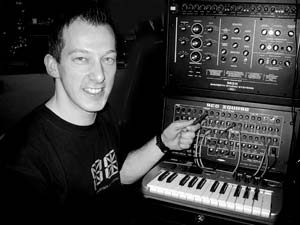
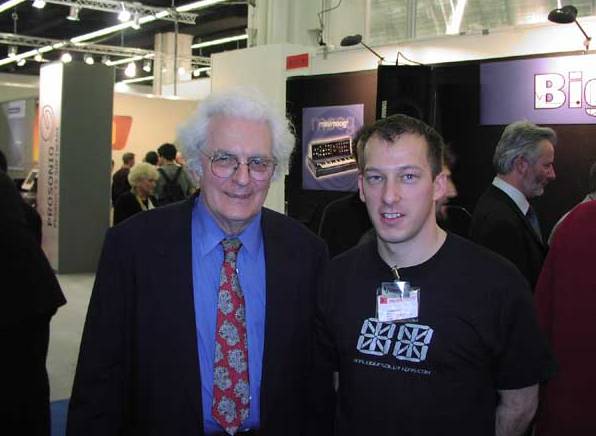
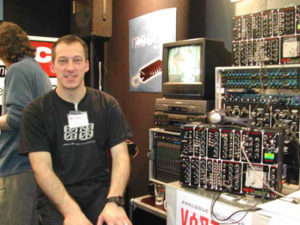
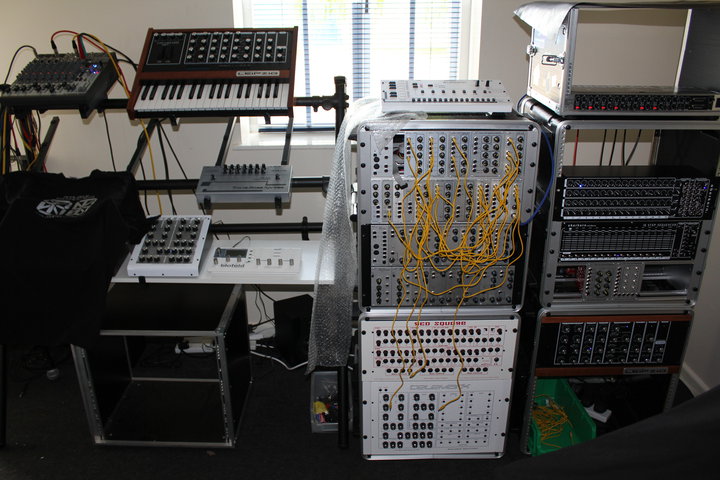
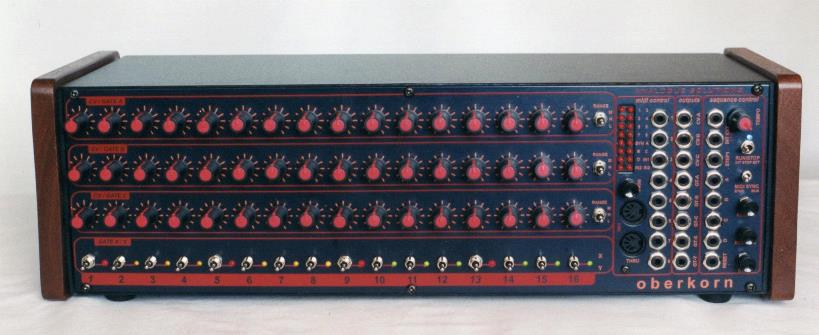
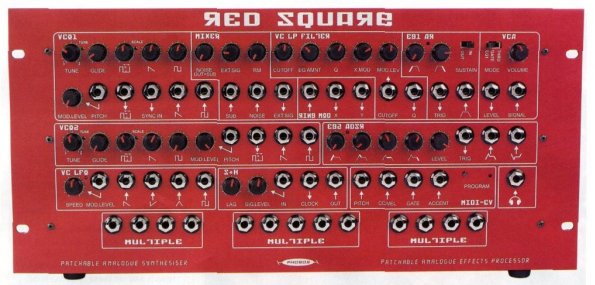
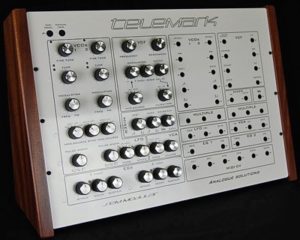
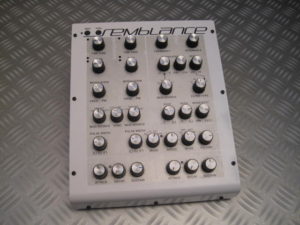
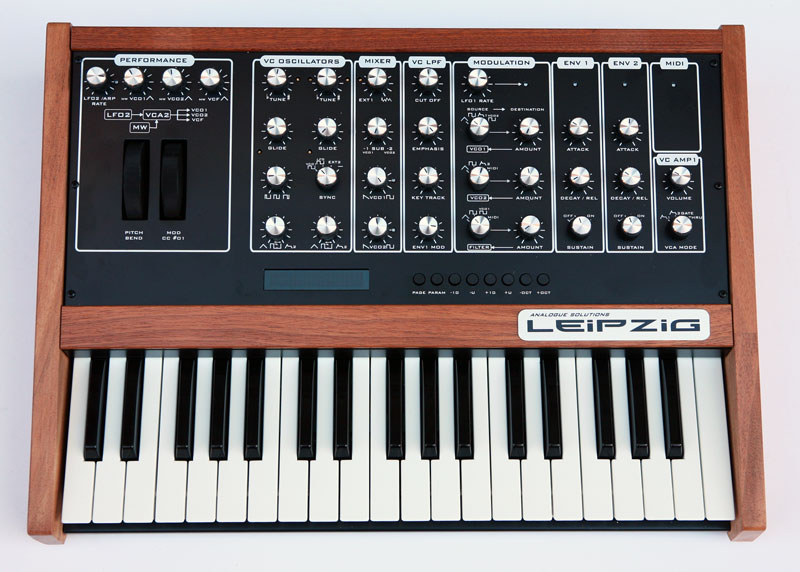
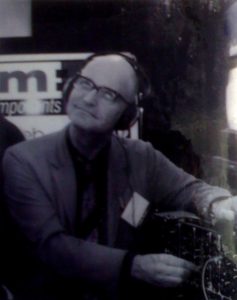
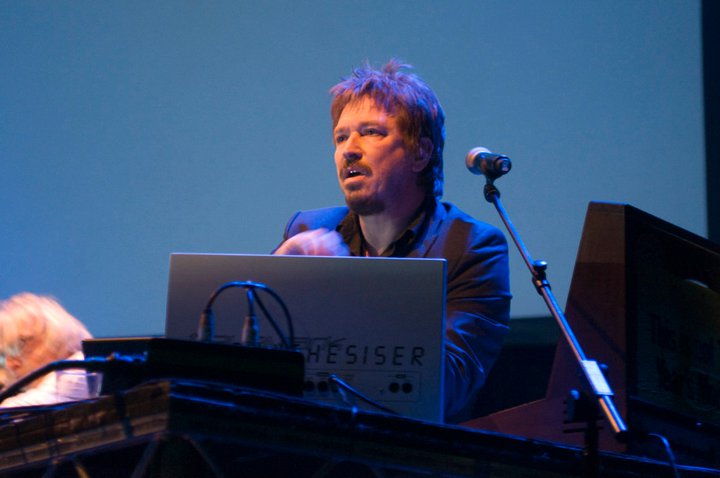
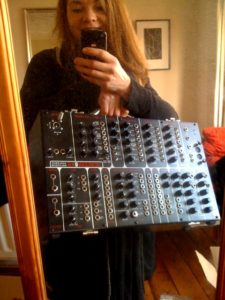
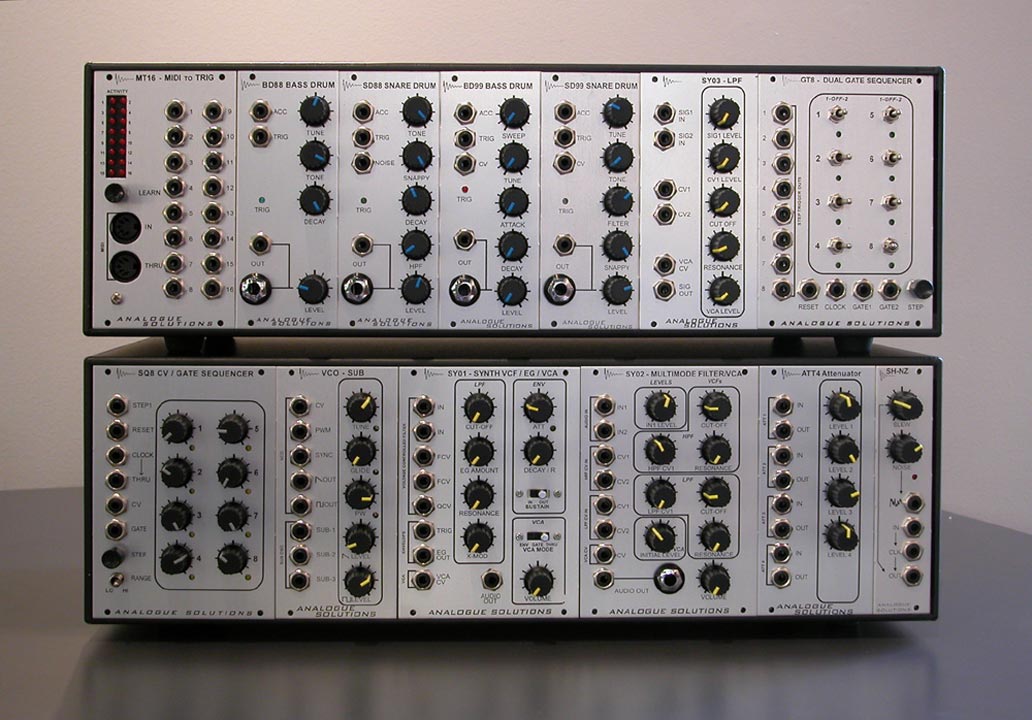
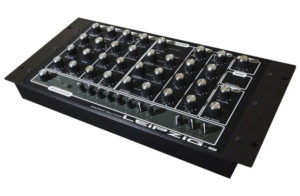
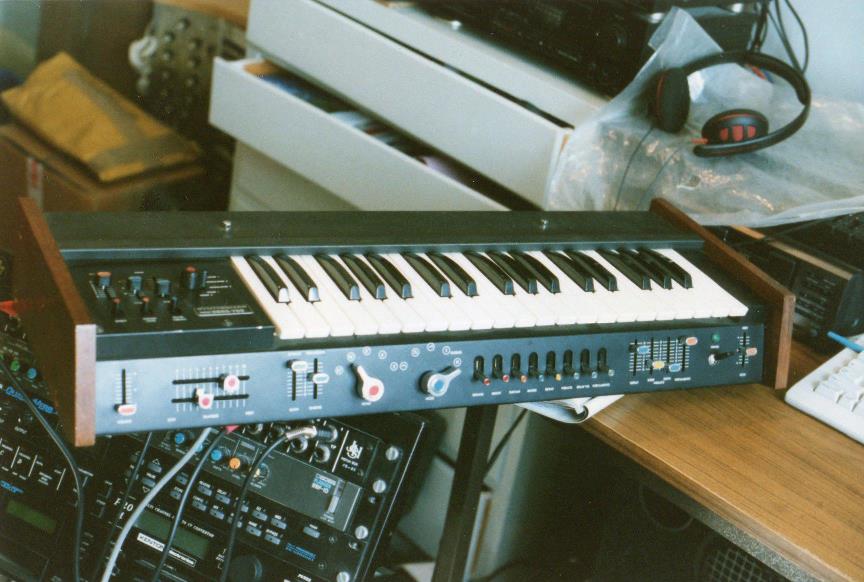
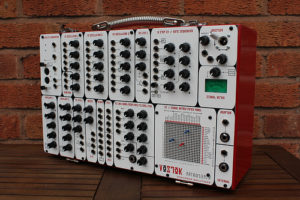
Follow Us!